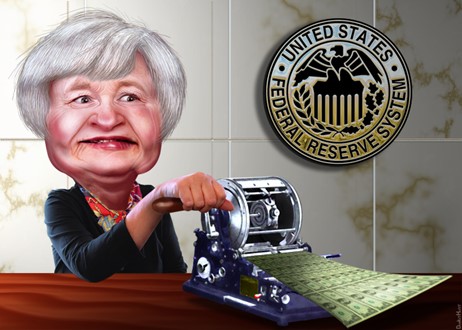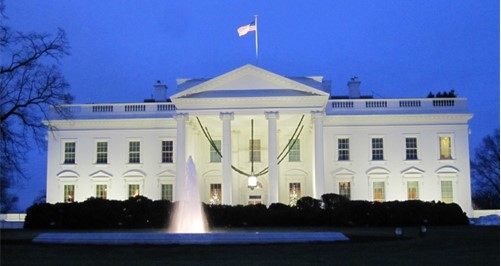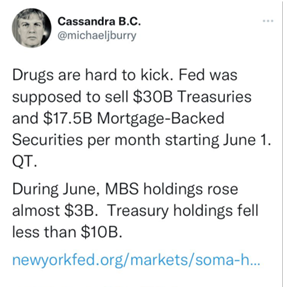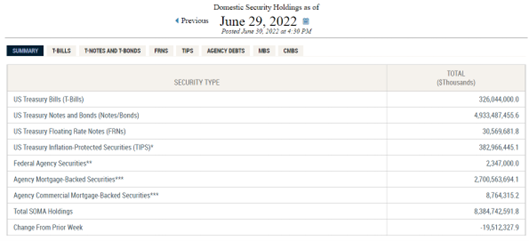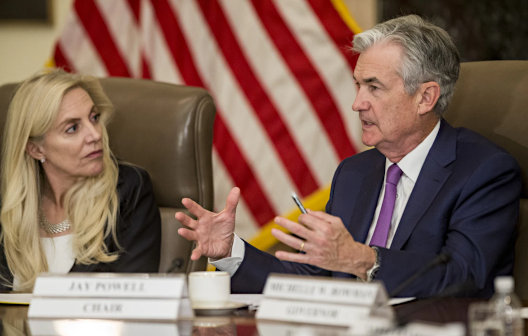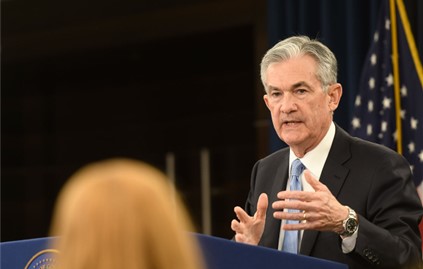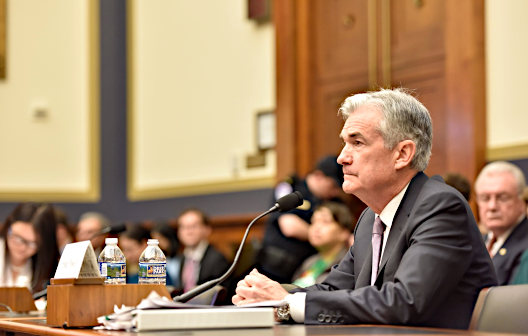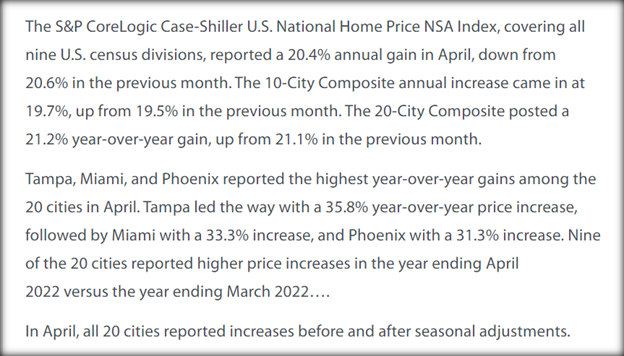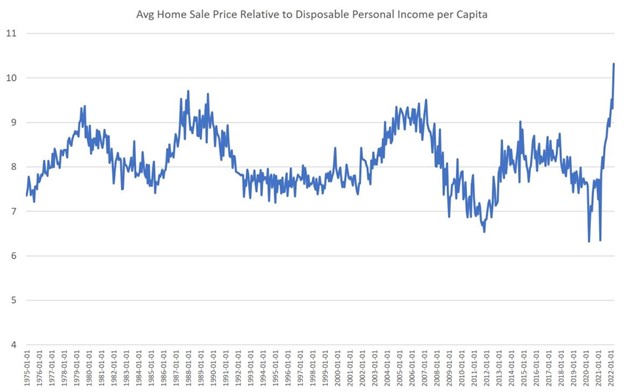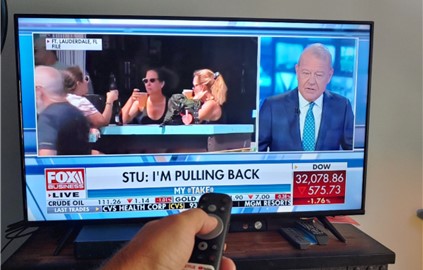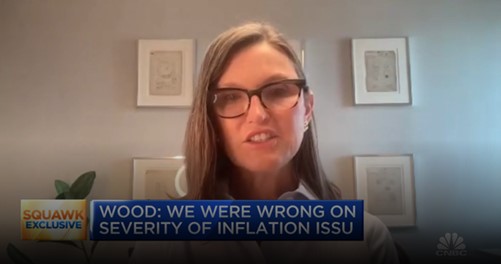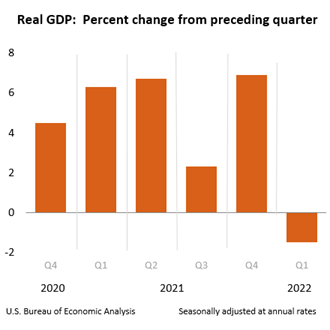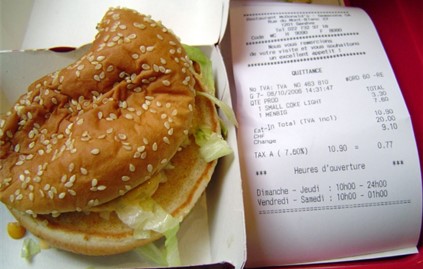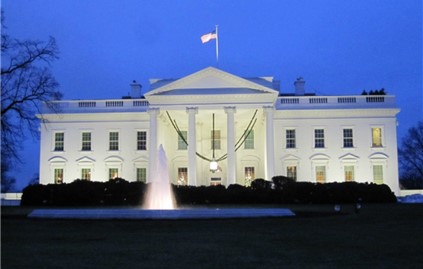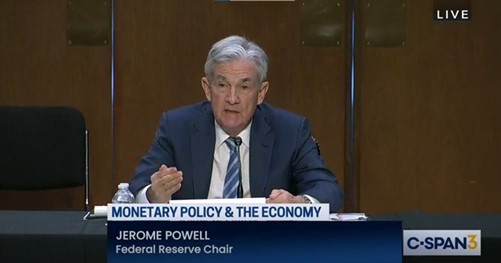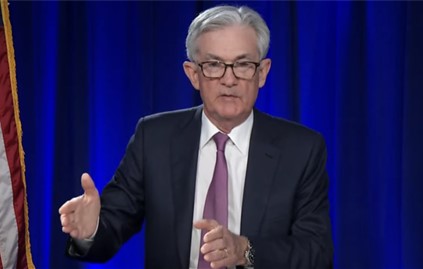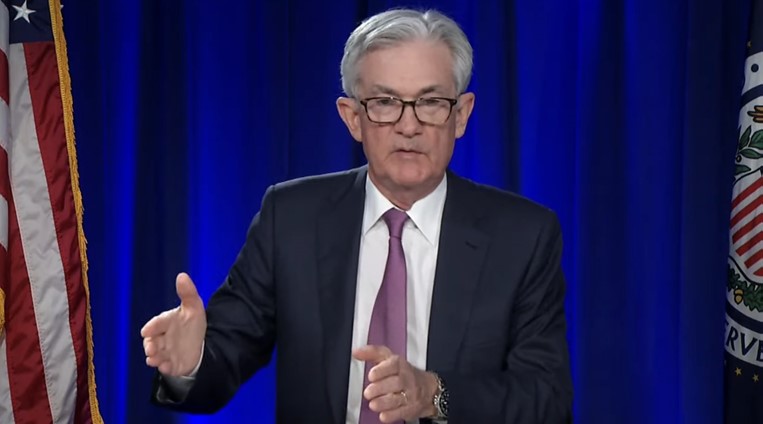Image Credit: Mark Stebnicki (Pexels)
Fed Chairman Powell Attacks the Core of Persistent Inflation
Economics is a social science; as such, it deals with human behavior. While economists are best known for reviewing statistics and plotting data points, those stats and chart plots all represent behavioral trends. Federal Reserve Chair Jay Powell is an economist that understands human behavior; that’s why he is resolved to get inflation back down to “acceptable levels” quickly. He knows what happens if higher price trends remain in place for too long.
The Fed Chair had been guiding the markets and businesses to expect a 50bp increase following the last FOMC meeting. When an inflation report a few days earlier indicated no lessening of the upward price trend, he became comfortable that moving 75bp instead of 50bp would not be going too far.
Federal Reserve officials have indicated they accept the risks of tightening to the point of causing a recession. This is because they are determined to prevent something they view as more difficult to treat. A prolonged upward spiral in prices would change consumer thinking and expectation. An expectation of ever-increasing prices could become self-fulfilling. Higher inflation at times is caused by expectations that prices and wages are going up, not by other underlying dynamics.
Inflation was part of the mindset of anyone who lived through the 1970s, increased costs were expected, and it was prepared for. Since the 1990s, when technology advanced at a rate where we became conditioned to wait for prices to come down, the risk of deflation had been the greater concern. Not today, a number of factors, including fiscal and monetary reactions to the pandemic, sanctions against Russia, and supply chain disruptions, have ignited inflation over the past year. Should it last long enough to become “the new normal,” it will be far more difficult to extinguish.
Powell said that people still expect inflation to come down in the medium and long run. He also said, the longer it takes to restore price stability, the greater the risk that those future expectations could rise. If that happens, he indicated, the U.S. could shift to a high-inflation regime. That could force the Fed to raise interest rates to even higher levels to break the stronger binds.
“We have high inflation running now for more than a year,” Powell said. “It would be bad risk management to just assume that those long-term inflation expectations will remain anchored indefinitely in the face of persistently high inflation. So we’re not doing that.” He asked, “Is there a risk that we would go too far? Certainly, there’s a risk, but I wouldn’t agree that’s the biggest risk to the economy.”
Take Away
Chairman Powell said at a central banking forum in Portugal. “The biggest mistake to make…would be to fail to restore price stability.” Inflation rises when demand for goods and services exceeds what is available, the pandemic lockdowns created shortages. Prices also rise when there is too much money chasing those goods. Again, the reaction to the pandemic created another key ingredient. Powell has little control over the supply of goods, but he does have the ability to control the amount of money and the cost of that money. And he intends to make it tight.
His approach is to kill the “cancer” before it becomes pervasive – even if the effort knocks the patient for a painful but survivable loop. At the root of this approach is the fear that households and businesses will come to expect high inflation to persist, which then can cause it to continue. That scenario would require the Fed to increase rates even more. Instead, he thinks it best to rid the country of it ASAP.
Managing Editor, Channelchek
Suggested Content
 Winners and Mostly Losers in the First Half of 2022
|
 What Will It Take to End Rampant Home-Price Inflation?
|
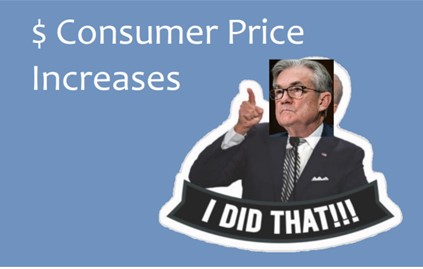 Inflation Sticker Shock to be on Powell Says President
|
 The Soft Landing Challenge, Fed Chairman Makes No Promises
|
Sources
https://www.postgrad.com/subjects/social_sciences/overview/
Stay up to date. Follow us:

|

